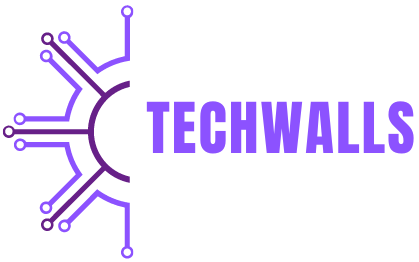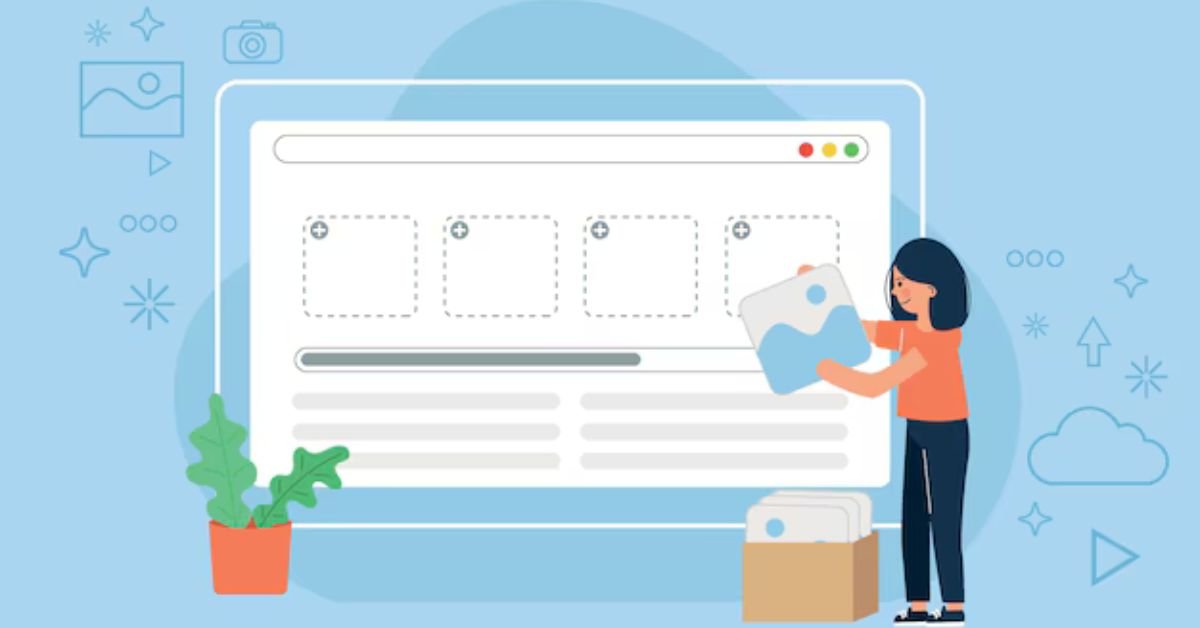In today’s interconnected world, where information flows seamlessly across borders and through networks, the risk of personal data being exposed Ofleaked has never been higher.With the exponential growth of online activity and digital transactions, data breaches have become a common occurrence, raising serious concerns about privacy and security. Ofleaked, a term that refers to instances where personal data or confidential information is exposed, often without consent, represents a growing threat to individuals, businesses, and governments alike. In this article, we will explore the phenomenon of data leaks, the consequences they entail, and practical steps for safeguarding personal information in an increasingly digital landscape.
What Is Ofleaked? Understanding Data Leaks
The term “Ofleaked” is used to describe a scenario in which sensitive or confidential information, such as personal data, financial records, or proprietary business details, is inadvertently or maliciously exposed to unauthorized parties. This can occur due to a variety of reasons, including hacking, internal security lapses, poor data management practices, or vulnerabilities in digital systems. Data leaks can affect individuals, where personal information like email addresses, social security numbers, and credit card details are exposed, or organizations, where valuable intellectual property, client records, and other confidential assets are compromised. The increasing frequency of data leaks underscores the need for robust data protection measures and greater awareness about privacy risks.
The Causes of Data Leaks: How Does Information Get Exposed?
There are numerous pathways through which data can be leaked, and understanding these causes is critical to preventing such incidents. One common cause is cyberattacks, where hackers deliberately exploit security vulnerabilities in networks or applications to access sensitive information. These attacks can range from sophisticated, targeted breaches to large-scale hacks that affect millions of users. Another source of data leaks is human error, where employees or individuals inadvertently share or expose information to the wrong parties. This can happen through misconfigured databases, lost devices, or mistakenly sending confidential information via email. Additionally, insider threats—where individuals within an organization intentionally or accidentally leak information—pose a significant risk to data security.
The Consequences of Data Leaks: Financial and Reputational Damage
The impact of data leaks can be far-reaching, affecting both individuals and businesses. For individuals, data leaks can lead to identity theft, financial fraud, and a loss of personal privacy. Stolen data such as credit card numbers or social security information can be used by cybercriminals to make unauthorized purchases, take out loans in the victim’s name, or sell personal information on the dark web. The emotional toll of having personal data exposed can also be significant, with victims feeling vulnerable and betrayed by institutions they trusted to protect their information.
For businesses, the consequences of data leaks can be even more severe. Financial losses from lawsuits, fines, and compensation to affected customers can be crippling, particularly for smaller companies. In addition, the reputational damage resulting from a data breach can erode customer trust and result in a loss of business. Clients and partners may be reluctant to work with an organization that has a history of poor data security, further impacting the company’s bottom line. High-profile data leaks can also lead to increased regulatory scrutiny and stricter compliance requirements, adding to the operational costs of affected businesses.
Notable Data Leaks: Cases That Shook the Industry
Over the years, several high-profile data leaks have captured global attention, highlighting the magnitude of the problem. One of the most infamous data leaks occurred in 2017 when Equifax, one of the largest credit reporting agencies in the world, suffered a massive data breach that exposed the personal information of over 147 million people. The breach included sensitive data such as social security numbers, birth dates, and credit card details, leading to widespread concern and calls for stronger data protection measures.
Another notable case was the Cambridge Analytica scandal, in which the data of millions of Facebook users was improperly harvested and used for political advertising without their consent. The scandal led to significant public outcry, legal action, and a renewed focus on the ethics of data collection and use by technology companies. These incidents, among others, underscore the need for stronger data privacy regulations and the importance of holding organizations accountable for protecting user information.
Protecting Personal Privacy: Steps to Safeguard Against Data Leaks
In the face of increasing data leaks, individuals and organizations must take proactive steps to protect their personal information. One of the most effective ways to safeguard privacy is by implementing strong passwords and using multi-factor authentication (MFA) whenever possible. MFA adds an additional layer of security by requiring users to verify their identity through multiple methods, such as a password and a fingerprint or a one-time code sent to a mobile device. This makes it more difficult for hackers to gain unauthorized access to sensitive accounts.
Another important practice is regularly updating software and systems to patch known security vulnerabilities. Hackers often exploit outdated software with security flaws to infiltrate networks and steal data. By staying on top of updates and applying security patches promptly, individuals and businesses can reduce their exposure to cyberattacks. Additionally, being cautious about sharing personal information online and regularly monitoring accounts for unusual activity can help mitigate the risk of data leaks.
The Role of Businesses in Preventing Data Leaks
Businesses play a crucial role in preventing data leaks, as they often handle large amounts of personal and sensitive information on behalf of their customers and clients. One of the most important steps businesses can take is to implement strong data encryption protocols to protect information in transit and at rest. Encryption ensures that even if data is intercepted or accessed by unauthorized parties, it remains unreadable and secure. Companies should also invest in comprehensive cybersecurity measures, such as firewalls, intrusion detection systems, and regular security audits, to identify and address vulnerabilities before they can be exploited.
Furthermore, businesses should prioritize employee training on data security best practices. Many data leaks occur due to human error, such as falling for phishing scams or mishandling sensitive information. By educating employees about common security risks and how to avoid them, companies can significantly reduce the likelihood of data leaks. Implementing strict access controls, where only authorized personnel have access to sensitive data, can also help minimize the risk of internal leaks.
Government Regulations and Legal Implications of Data Leaks
In response to the growing threat of data leaks, governments around the world have implemented regulations to protect personal information and hold organizations accountable for breaches. The General Data Protection Regulation (GDPR) in the European Union is one of the most comprehensive data privacy laws, requiring businesses to implement stringent data protection measures and giving individuals greater control over their personal data. Companies that fail to comply with GDPR can face hefty fines and legal action.
Similarly, in the United States, laws like the California Consumer Privacy Act (CCPA) and the Health Insurance Portability and Accountability Act (HIPAA) have been enacted to protect consumer and patient data. These regulations require businesses to disclose data breaches, provide individuals with the ability to opt-out of data collection, and ensure that data is handled securely. Organizations that fail to comply with these regulations can face significant penalties, further highlighting the importance of robust data protection practices.
The Future of Data Privacy: Evolving Threats and Solutions
As technology continues to advance, the threat landscape for data leaks will also evolve. The rise of artificial intelligence, the Internet of Things (IoT), and cloud computing introduces new risks for data security, as more devices become interconnected and more data is stored online. However, these technological advancements also offer new opportunities for enhancing data protection. AI-powered security systems, for example, can detect and respond to cyber threats in real time, while blockchain technology provides a decentralized and secure way of storing and managing data.
Looking ahead, the future of data privacy will likely involve a combination of stronger regulations, more advanced security technologies, and greater collaboration between governments, businesses, and individuals. By staying ahead of emerging threats and adopting proactive security measures, society can better protect personal information in an increasingly digital world.
Conclusion:
Data leaks have become an unavoidable challenge in the digital age, affecting individuals and organizations worldwide. However, by understanding the causes and consequences of these breaches, and taking proactive steps to protect personal information, it is possible to mitigate the risks. Whether through strong passwords, encryption, employee training, or regulatory compliance, everyone has a role to play in safeguarding data privacy. As we move forward, the focus must remain on developing innovative solutions that protect personal information and ensure that the benefits of digital connectivity do not come at the cost of individual privacy.











